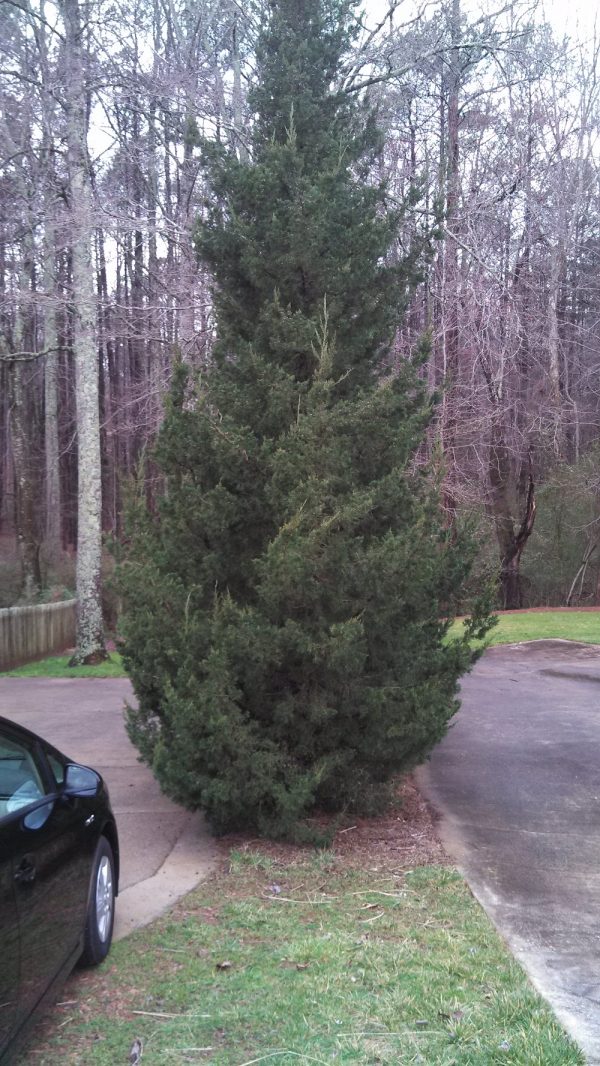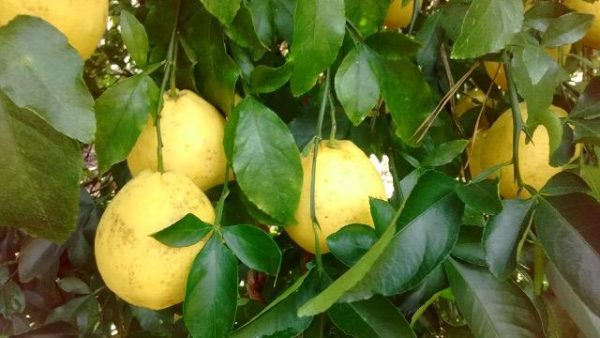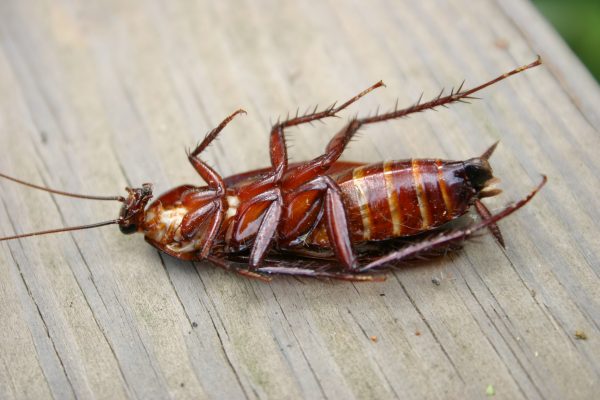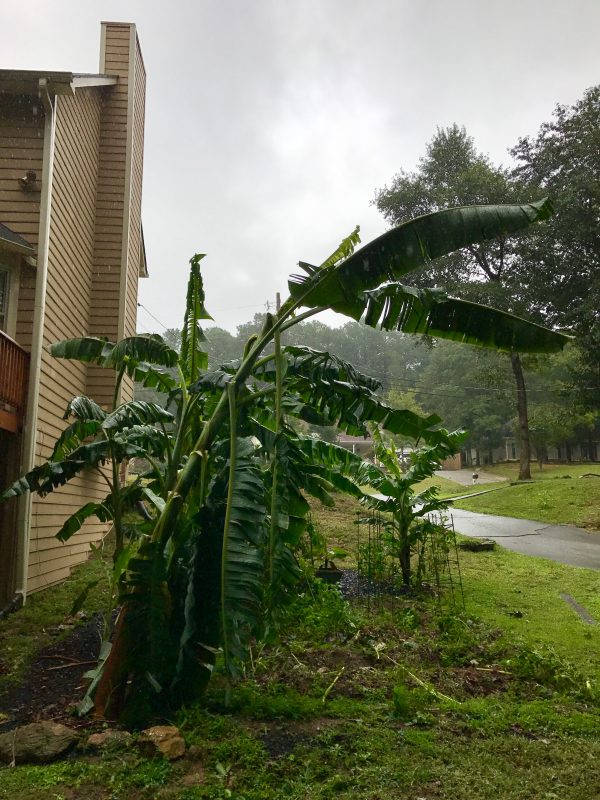Foliar Fertilization – Pro’s and Con’s
When and How to Use Foliar Fertilizers
Carl Rosen and Peter Bierman, Department of Soil, Water, and Climate
University of Minnesota
Foliar fertilizers are dilute fertilizer solutions applied directly to plant leaves. As with soil application of fertilizer, the goal of foliar fertilization is to supply plants with the nutrients needed for good growth. There are many products on the market that can be used as foliar fertilizers, but are they really needed? Is there any advantage to foliar application instead of soil application? In this article we’ll review situations where foliar fertilizers may be beneficial and situations where their use is questionable at best.
When It’s Not Such a Great Idea
For all landscape and garden plants, the major pathway for nutrient uptake is by way of the roots. Leaves have a waxy cuticle, which actually restricts the entry of water, nutrients, and other substances into the plant. To a limited extent nutrients applied to leaves can be absorbed and used by the plant, but for the major nutrients (nitrogen, phosphorus, potassium) the quantity absorbed at any one time is small relative to plant needs. That means that foliar application of these three nutrients can only supply a very small fraction of the total needed by the plant, so foliar application should be considered only a supplement to regular soil application of these nutrients. If the plant already has plenty of nitrogen, phosphorus, potassium, foliar application will not have any beneficial effects. In fact, if concentrations of nutrients in the foliar spray are too high, then leaf damage can occur and in severe cases may kill the plant.
Here’s a calculation to show how hard it would be to get the required amounts of major nutrients into plants through foliar application:
For a vegetable garden, a typical recommendation for nitrogen is 0.15 pound per 100 square feet of garden area. A commonly available soluble fertilizer is 20-20-20 with a recommended rate of 1 tablespoon of fertilizer per gallon of water. It will take 0.75 pound of fertilizer to apply 0.15 pound of nitrogen to 100 square feet. One tablespoon of the fertilizer weighs about 0.35 ounce, so it will take about 34 tablespoons of fertilizer (dissolved in 34 gallons of water) to supply the right amount of nitrogen.
That amount of water will deliver about 0.6 inch of water to 100 square feet, which may not seem like much until you start thinking in terms of moisture films covering leaf surfaces. It will take only a very small fraction of 0.6 inch of water to completely cover the plant foliage, especially when plants are small (and that small stage is when plants really need the nutrients). Even if we allow for potentially greater efficiency of nutrient use with foliar vs. soil applied fertilizer, it would still be impractical if not impossible to provide all the foliar applications needed to deliver enough nitrogen in a timely manner.
A distinction needs to be made between foliar fertilization and the application of soluble nutrients in liquid form where the majority of the nutrients taken up by plants are absorbed by the roots from the soil. When liquid fertilizer is sprayed on foliage some nutrients are absorbed through the leaves and light, frequent applications would constitute true foliar fertilization. However, with heavier spraying there will be considerable runoff from the foliage and the liquid fertilizer will soak into the soil. In this case there would be some nutrient absorption through leaves, but the majority of the nutrients used by the plant would actually be taken up by roots. From the plant’s perspective, this is essentially the same process that occurs when dry fertilizer is added to the soil. Although it will be more expensive and time consuming than a dry fertilizer application, it is certainly feasible to meet the plant nitrogen need in the problem above by applying 0.6 inch of liquid fertilizer in a series of applications. Phosphorus and potassium, however, move very little in most soils from their point of application, so it’s better to work them into the soil before planting to make sure they’ll be within the plant’s root zone.
When It’s a Pretty Good Idea
An appropriate time to consider foliar fertilization is when a specific nutrient shortage is evident based on visual symptoms or soil analysis. If a deficiency exists, then foliar application would be one means of providing a quick but temporary fix to the problem. Certain soil conditions such as high pH, low pH, drought, excessive moisture, or cool temperatures may cause some nutrients to be unavailable for uptake by the roots. If any one of these conditions exists, the problem may be more effectively corrected with foliar applications than with soil applications.
A classic example of effectively using foliar fertilizers is for micronutrients such as iron. At high soil pH levels, iron is not available to plant roots even though high levels of iron may be present in the soil. Some plant species such as blueberries, azaleas, rhododendrons, and pin oaks are more sensitive than others to high pH. Under high pH conditions, iron chlorosis or interveinal yellowing occurs on young leaves. (See David Zlesak’s article in this issue, above). While lowering soil pH or selecting plants tolerant of high pH conditions are the preferred long term solutions, a way to alleviate the chlorosis temporarily is to apply inorganic salts such as iron sulfate or chelated forms of iron directly to the leaves. Chelates are chemical compounds that help iron stay in solution over a wide pH range. A general recommendation for iron sulfate is 0.8 ounces per gallon of water. For chelated forms, follow the directions for rates to apply on the label of the specific product selected. Make sure that the spray fully covers the leaves. Applications of iron are most effective shortly after leaf emergence and only on those leaves that have been sprayed. Iron will not move to leaves emerging after a spray, so new leaves will be chlorotic. Usually two or three applications are needed to ensure that all newly emerging leaves are covered. Foliar iron sprays will need to be reapplied yearly, unless steps are taken to change the underlying soil pH problem.
The cuticle on leaves of most plants will cause water to bead up and prevent good penetration. So, for all foliar applied products, it is important to include a wetting agent or surfactant to allow for full coverage of the leaf. One or two drops of detergent per gallon of water will help to wet the leaf surface. If rain occurs shortly after an application, most of the spray will be washed off the leaves and reapplication will be necessary.
Important points about foliar fertilization:
1. Routine use of foliar fertilizers without a documented need is not recommended.
2. Foliar fertilization is unable to meet the total plant requirements for the major nutrients nitrogen, phosphorus, and potassium.
3. Foliar fertilizers are most effective when soil problems occur that restrict nutrient availability such as iron availability in high pH soils.
4. Foliar fertilization should not be used as a substitute for good soil fertility management. Have your soil tested and fertilize according to soil test recommendations.















